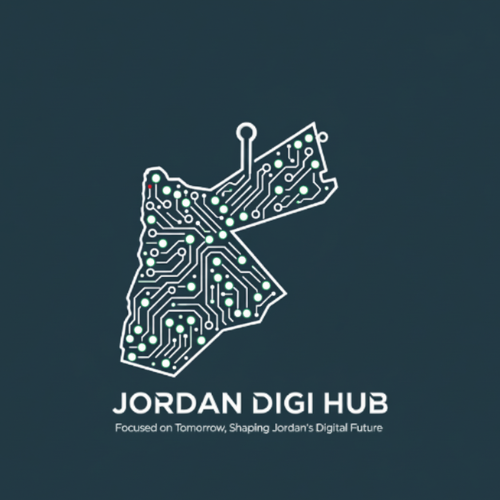AI in Smart Homes
Our homes have become smarter thanks to AI-powered devices that make everyday life more convenient, secure, and efficient. Virtual assistants like Alexa, Google Assistant, and Siri respond to voice commands, managing everything from alarms to grocery lists. Smart thermostats learn our routines and adjust temperatures automatically, while intelligent lighting systems adapt to our preferences and save energy.
Common examples include:
- Voice-activated assistants for controlling appliances and entertainment
- Smart security systems with AI-driven facial recognition
- Energy-efficient devices that learn usage patterns to cut costs
AI also shapes the way we move and interact with the outside world. Navigation apps powered by AI provide real-time traffic updates, rerouting us around congestion. Ride-sharing services match drivers and passengers using predictive algorithms, while AI in smartphones personalizes recommendations, from music playlists to shopping ads.
Looking ahead, autonomous vehicles are set to push AI’s influence even further, potentially making transportation safer and more efficient.
Beyond personal life, AI has become a powerful tool in modern workplaces. It automates repetitive tasks, analyzes large volumes of data, and provides insights that help employees work smarter. In offices, AI-driven chatbots handle customer queries, while in factories, AI-powered robots streamline production.
AI is also transforming decision-making by offering predictive analytics and real-time reporting. In short, it allows employees to focus on creativity and problem-solving, while machines handle the heavy lifting of data and routine processes.






